Born in Aley (Lebanon) in 1928, Aref El Rayess started painting at the age of eleven. In 1948 his first exhibition was held in Beirut with the support of the journalist Arlette Levy, the artist Georges Cyr, the art critic Victor Hakim and the Head of the French Institute of Archaeology Henry Seyrig.
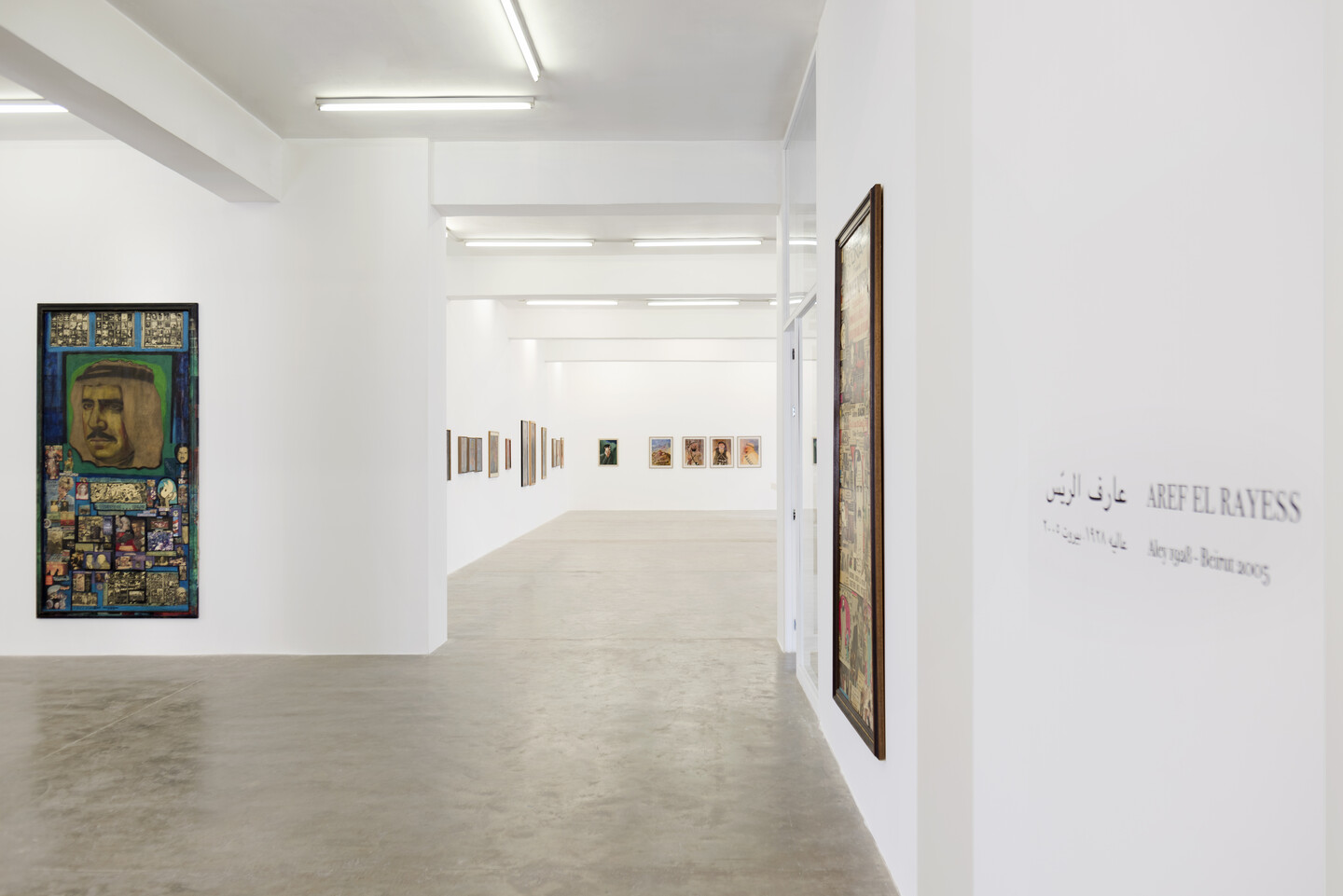
From 1948 to 1957 El Rayess travelled between Senegal and Paris where he studied art at the Academy of Fine Arts, and the free studios of Fernand Leger, Andre Lhôte, and La Grande Chaumière among others. In 1957 he returned to Lebanon and opened a studio and an atelier of Aubusson tapestries with the Canadian Roger Caron.
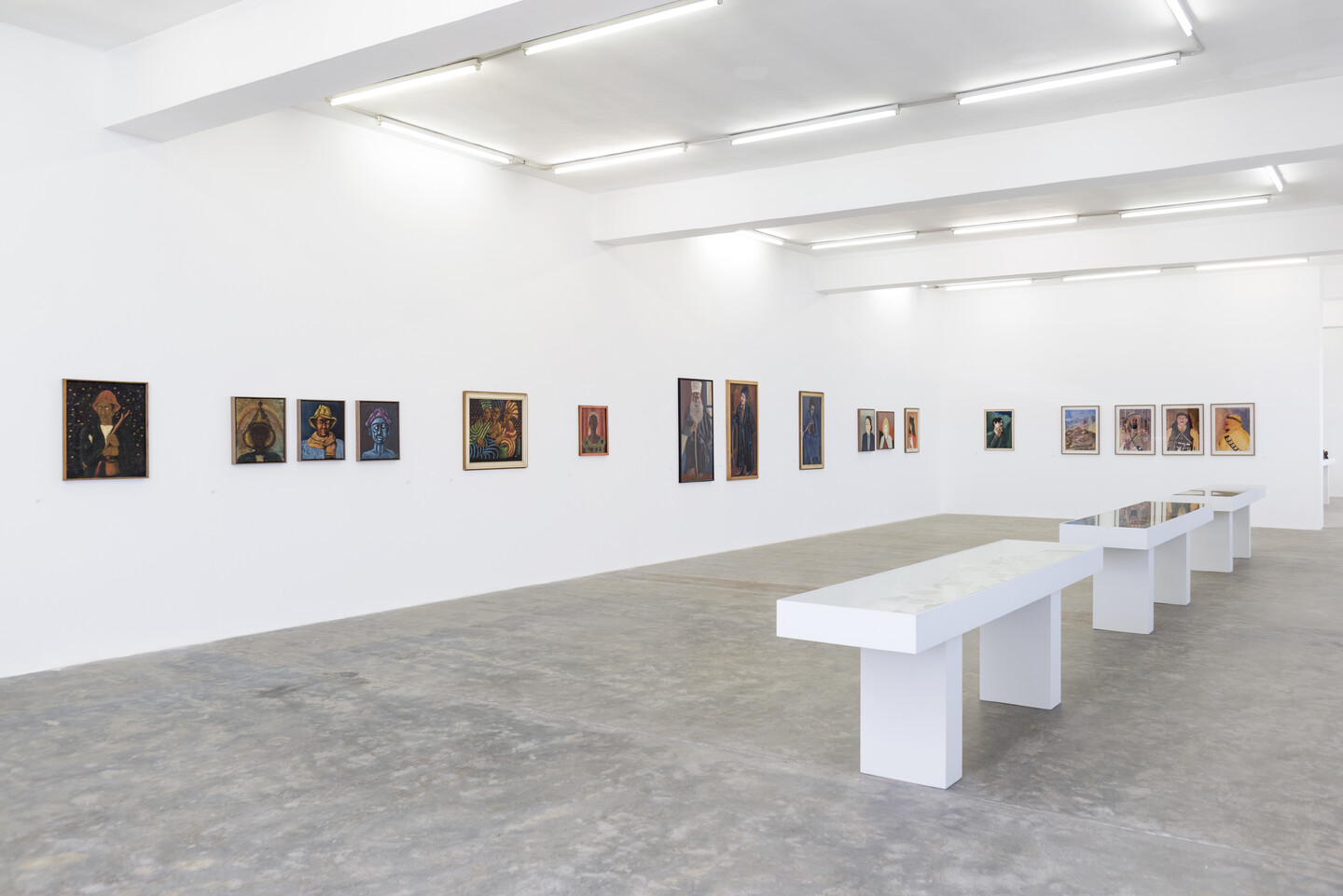

oil on canvas, 48 × 40 cm

oil on canvas, 47.5 × 41 cm
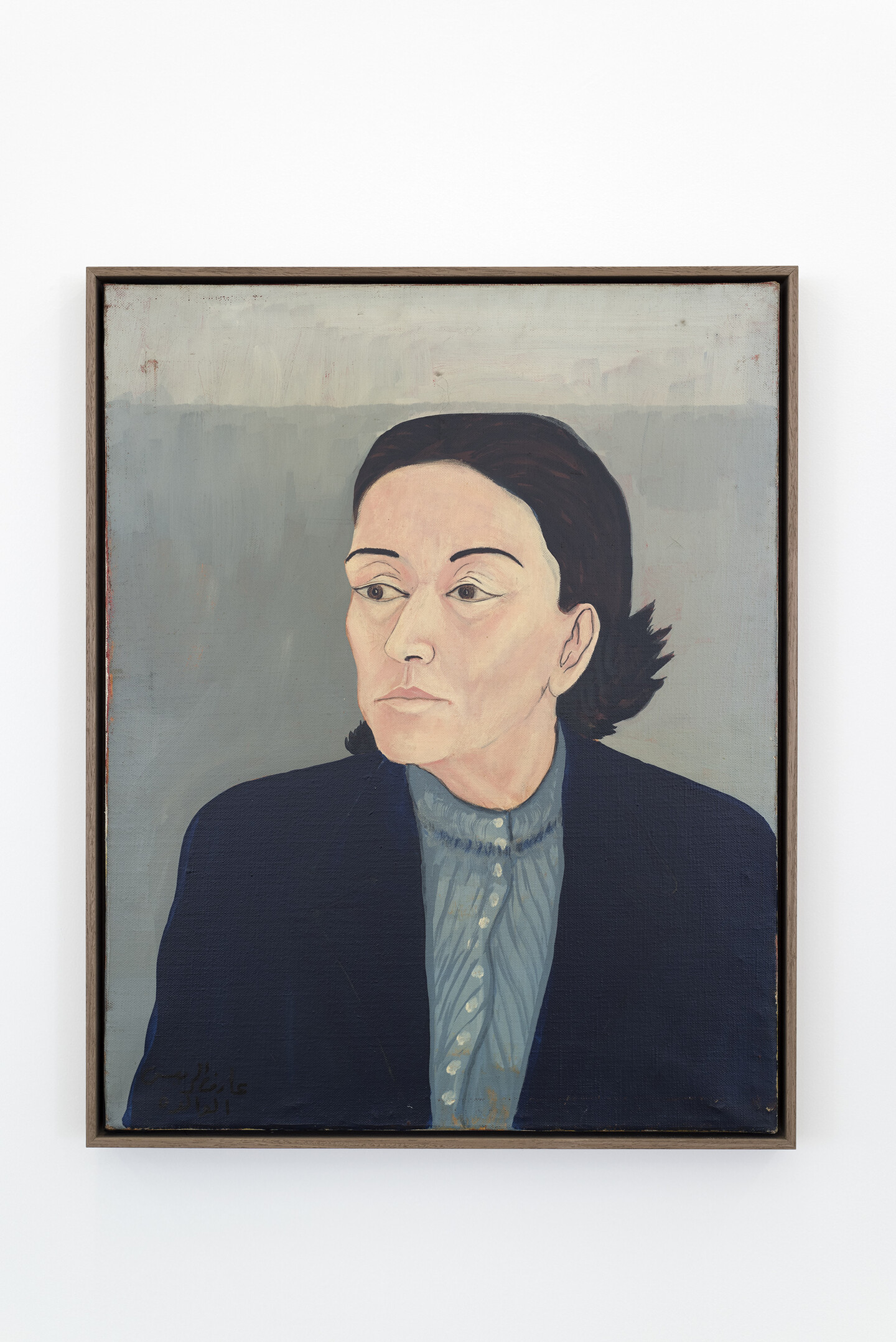
oil on canvas, 63 × 52 cm
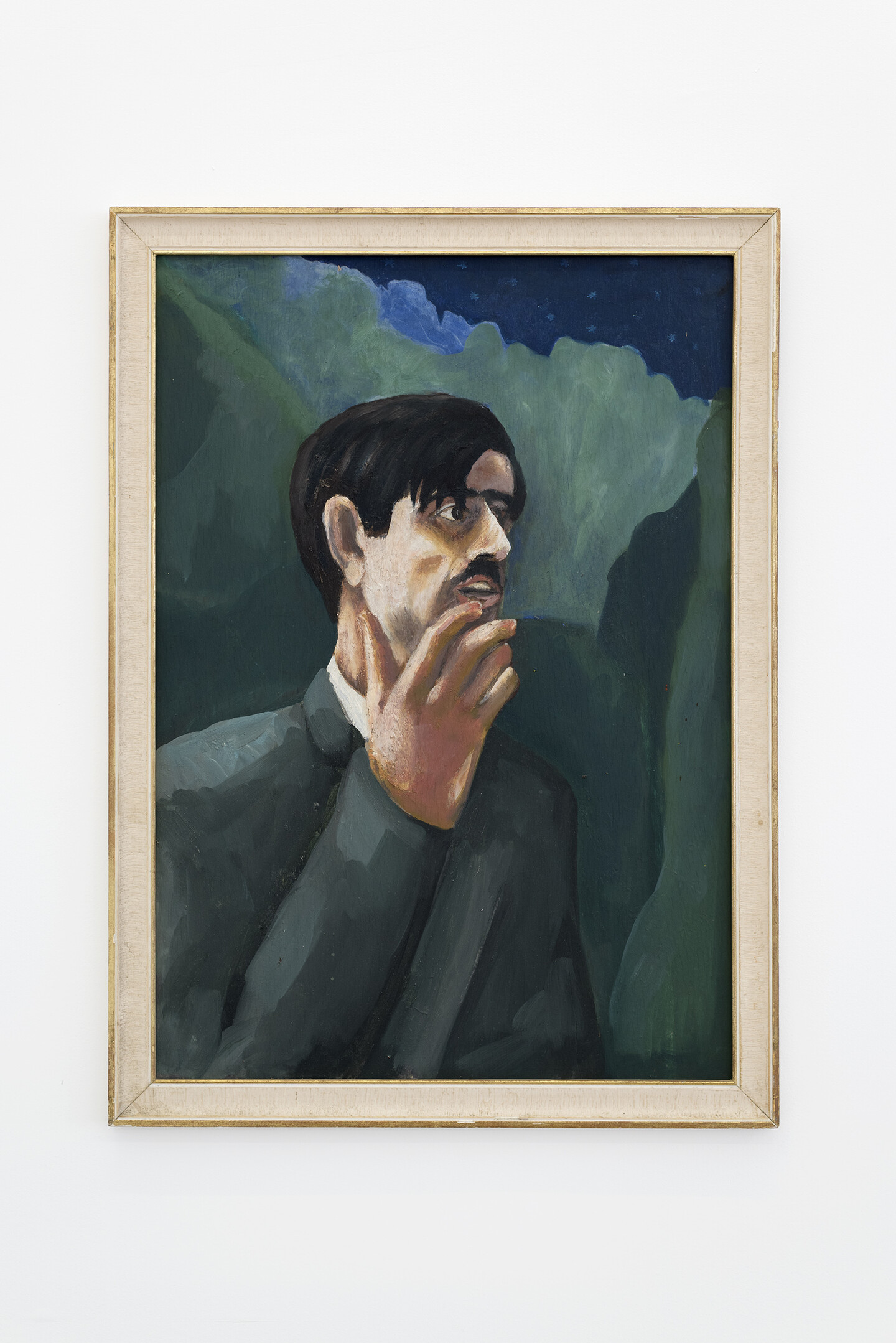
oil on polywood, 67 × 47 cm
In 1959 after an exhibition at the Italian Cultural Centre he was offered a scholarship to study in Italy. He spent four productive years between Florence and Rome; and in 1963 the Lebanese government commissioned him to produce two sculptures to represent Lebanon at the New York World Fair.
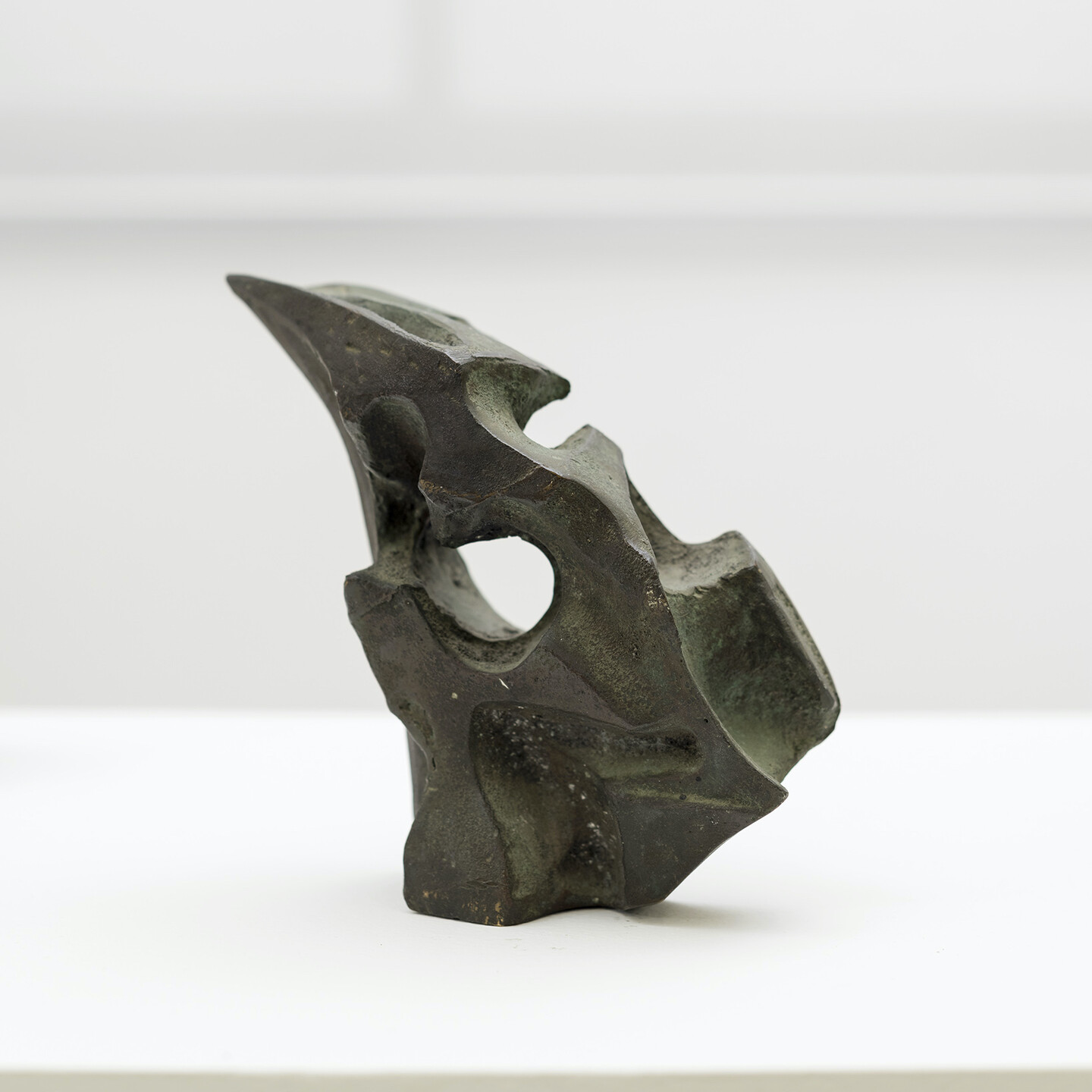
bronze, 16 × 17 × 7.5 cm
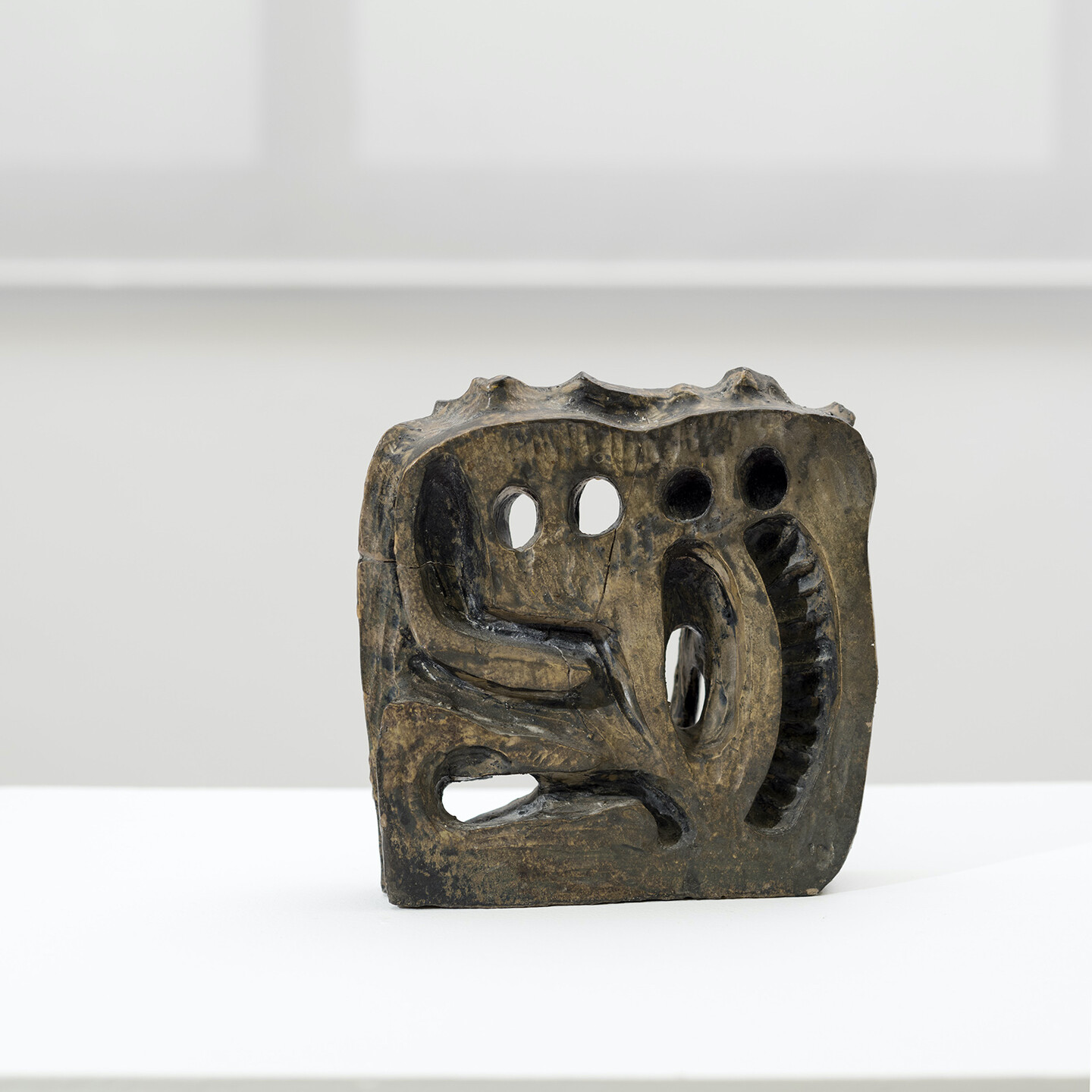
clay glazed, 20.5 × 19 × 4.5 cm
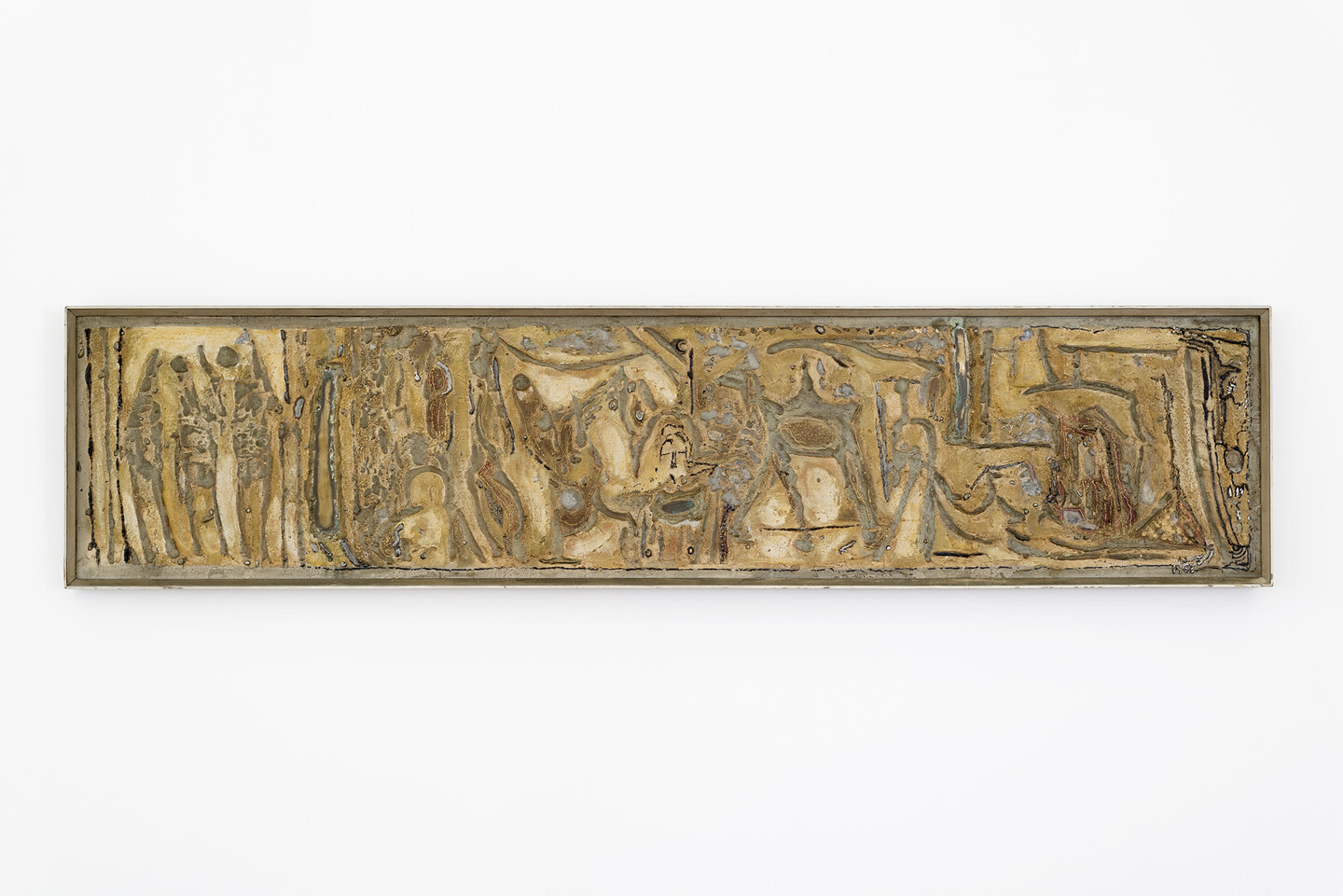
mixed media on masonite, 53 × 242 cm
El Rayess spent two years in the USA meeting with Expressionists painters and intellectuals.
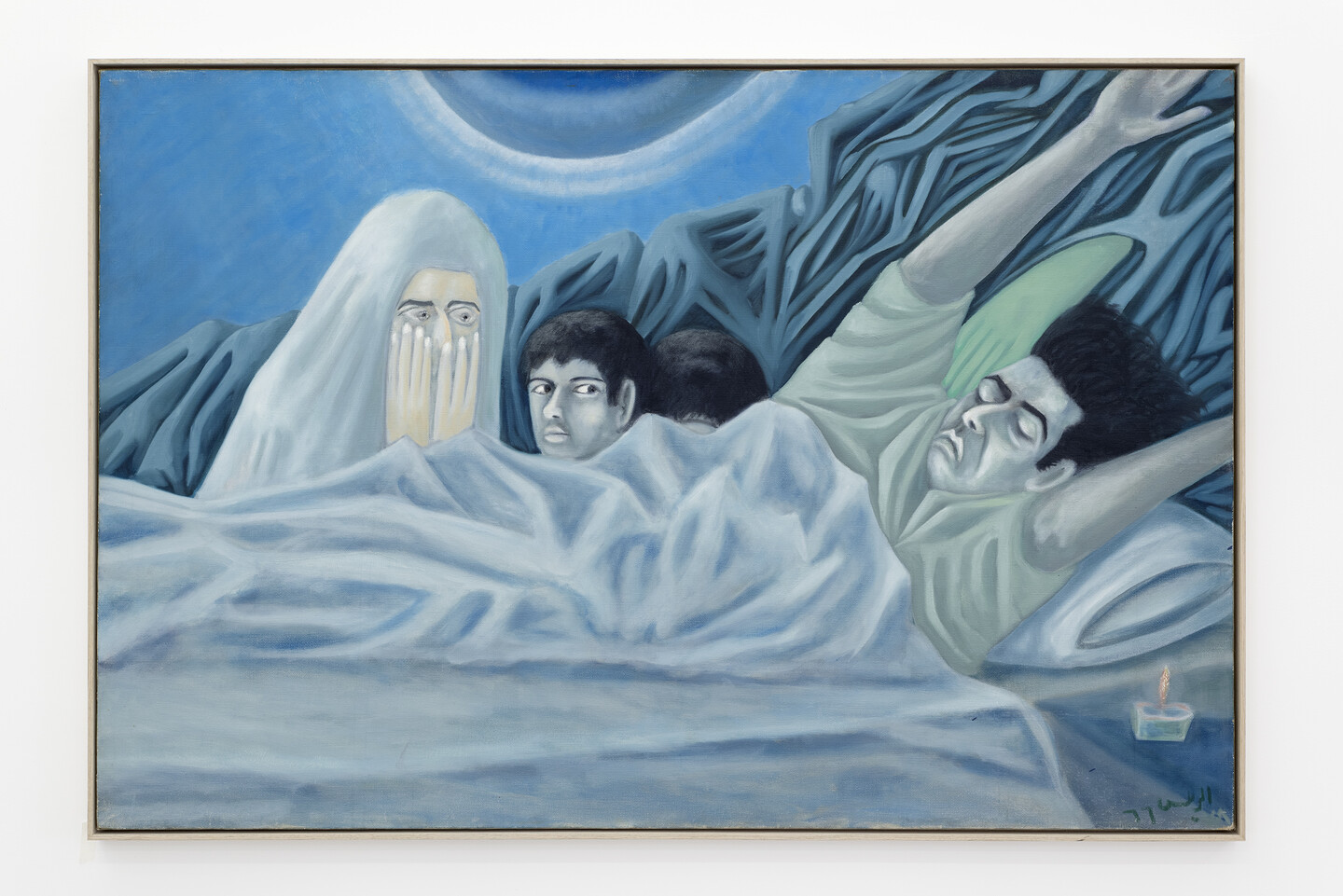
oil on canvas, 100.5 × 150 cm

oil on canvas, 123.5 × 173.5 cm
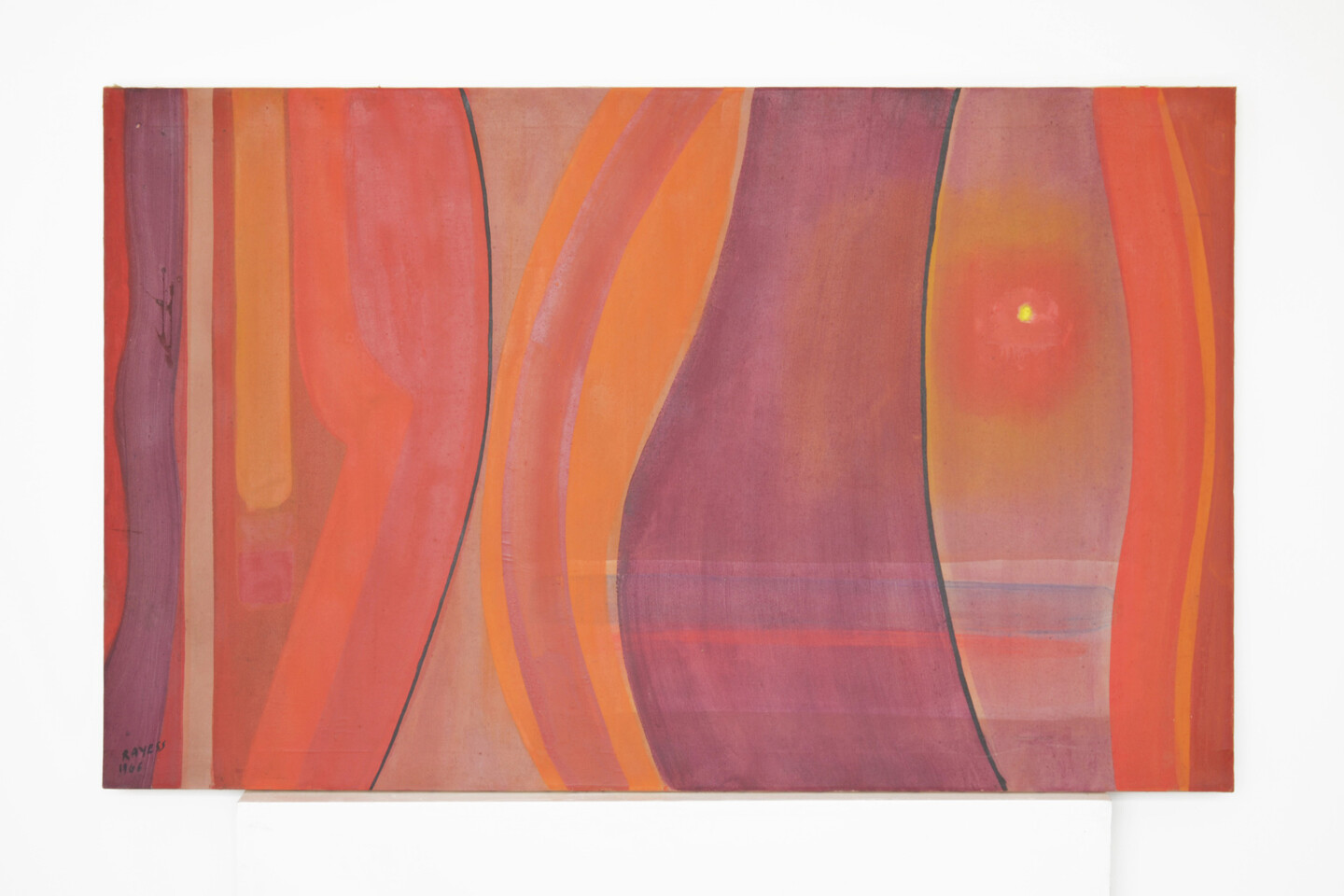
acrylic on canvas, 90 × 150 cm
In 1967 he returned to Lebanon, marked by the events in the Arab World. He was a Founding member of the Fine Arts Department at the Lebanese University where he taught, and Dar el Fan (The House of Art and Culture) with his close friend Janine Rubeiz. From that moment on, El Rayess organized, attended and participated in conferences and exhibitions on politics and arts in the Arab World.

oil on canvas, 130 × 200 cm

oil on canvas, 149 × 200 cm
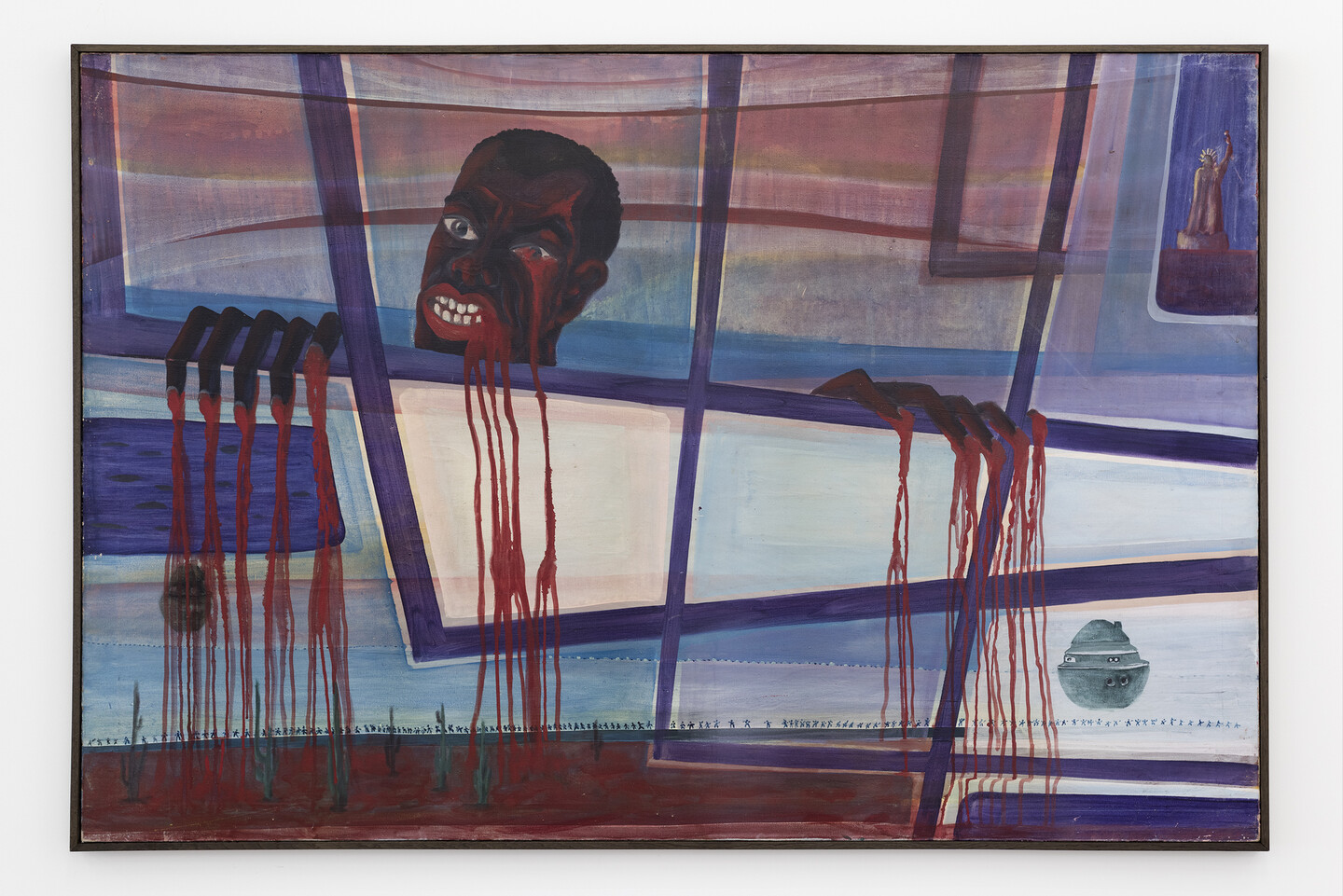
Oil on canvas, 101 × 150 cm
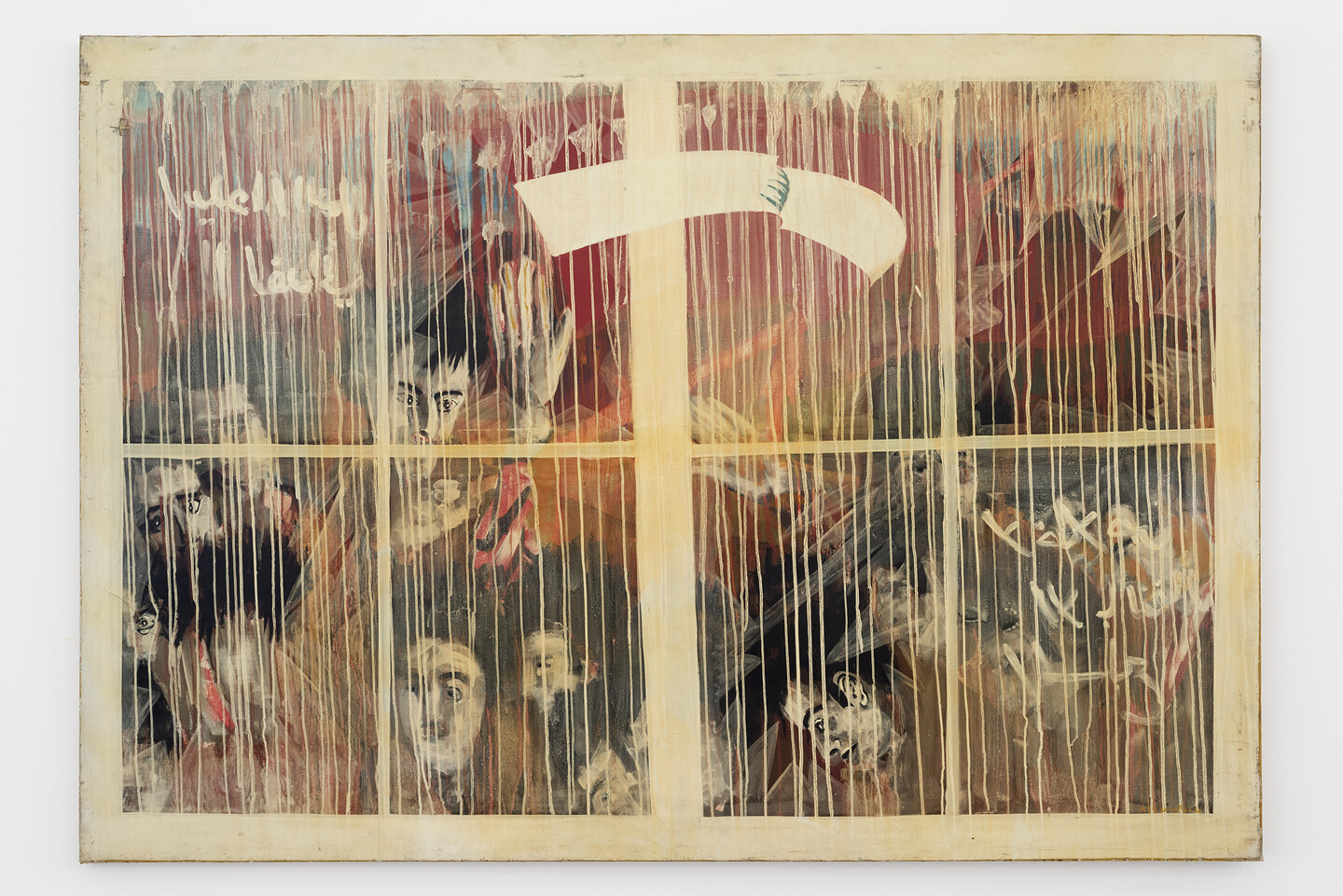
Laquer and oil on canvas, 139.5 × 200 cm
In 1972 he published a manifesto titled With Whom and Against Whom. In 1975 he was invited to Algeria where he produced a series of drawings depicting the Lebanese civil war, published as the book The Road to Peace; and in 1978 he participated in the International Art Exhibition in Solidarity with Palestine. He started working in Saudi Arabia around this time, where he produced around 13 sculptures between Jeddah, Tabuk and Riyad. He stayed in Jeddah until 1987 and returned to Aley, Lebanon, in 1992, where he lived until he passed away in 2005.
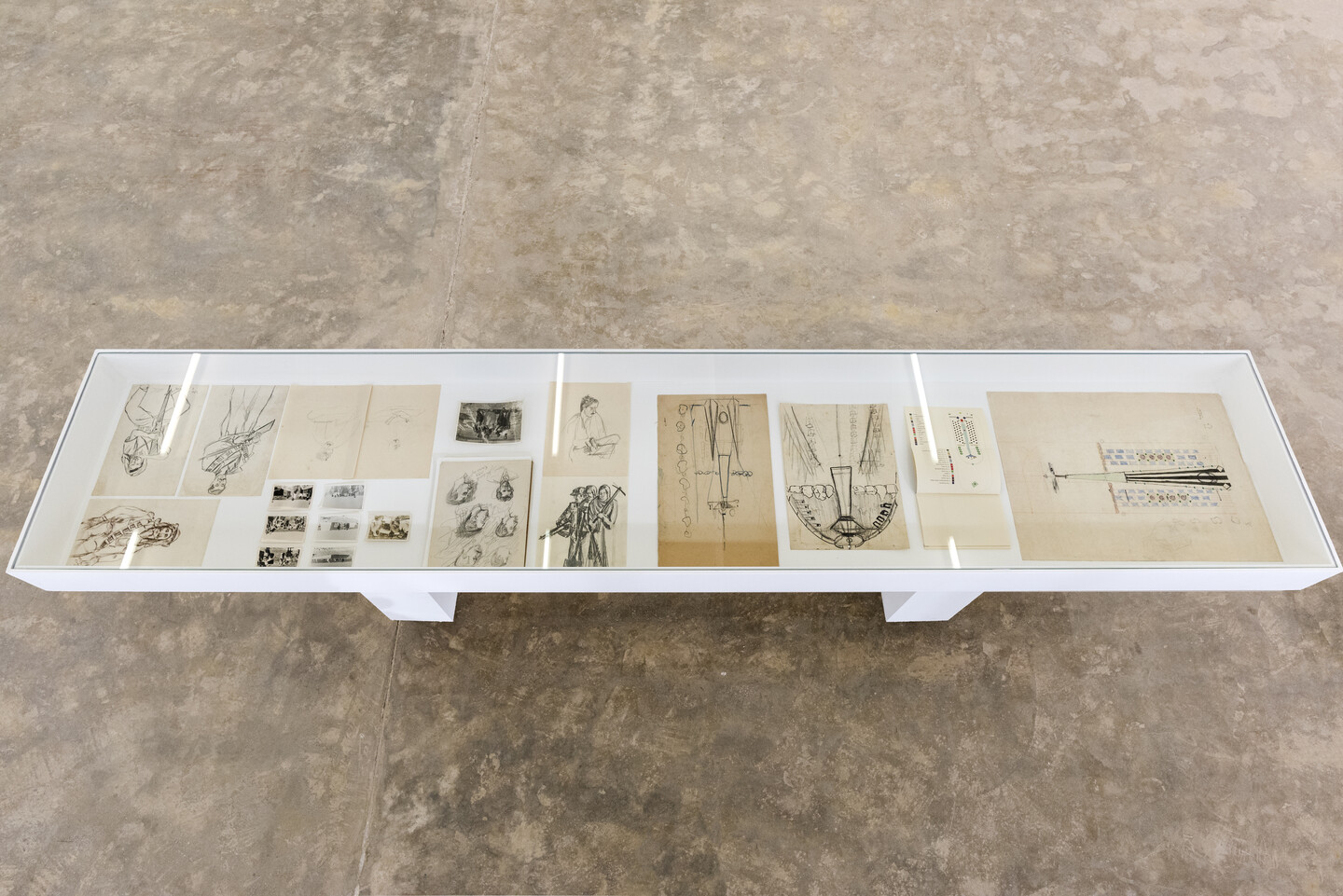
Catherine David on Aref El Rayess
A major player on the Lebanese cultural scene between the 1960s and 1980s, Aref El Rayess remains largely unknown, with a relative eclipse following his death. His absence from the international radars is partially due to the complexity of the man and his work, but is also linked to the very specific conditions in which he trained (between Lebanon, Senegal, France, Italy and the US) and visibility (and invisibility).

oil on canvas, 91.5 × 121.5 cm
In its paradoxes and in its singularity, with flashing breakthroughs and dim impasses, the oeuvre of Aref El Rayess is an exemplary, uncompromising, modern journey. It is the result of the “inner requirement” of a worried subject, observant and mindful of the political, social and cultural crises of his time, rather than the "isms" and sequences expected of the modern canon.
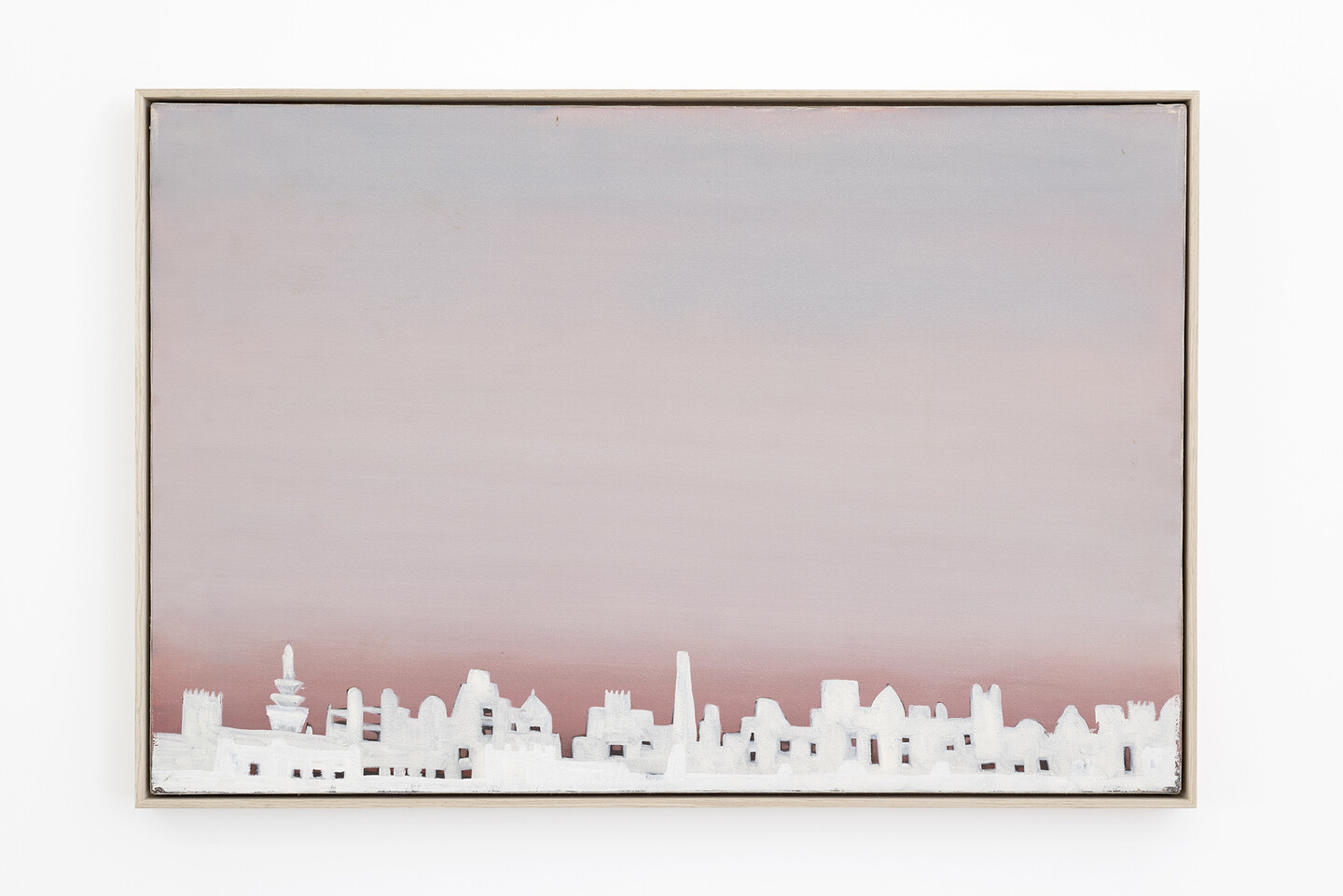
oil on canvas, 61 × 91.5 cm
Precocious and largely self-taught, extremely gifted, not very disciplined, amused observer, often caustic, he was fascinated during his adolescence by untimely yet vital impressions from Africa, which will follow him his whole life. His formal path, and his oeuvre, are declined in cycles, reiterations and reminiscences, and in various mediums which he will privilege in turn (drawing, engraving, painting, sculpture, collage). This original and contrasting journey echoes that of many modern artists who have worked on the outskirts of the self-proclaimed centers of Euro-American modern art, and in restrained conditions of exhibition and exposure.
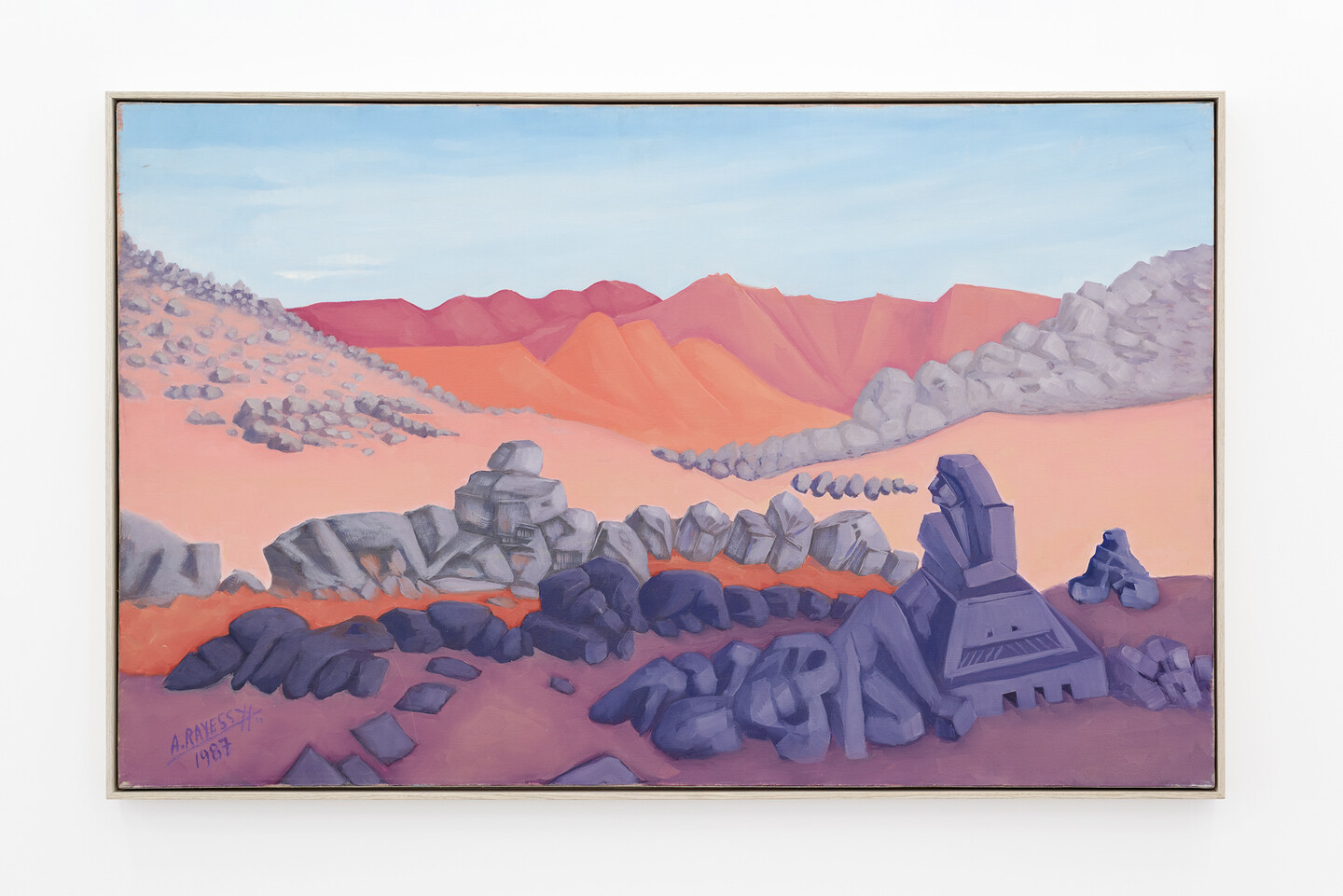
oil on canvas, 76 × 121.5 cm
In many ways, El Rayess' work is that of a seismograph recording the thwarted desires and hopes of an era, through clearly heterogeneous formal inventions, testifying to an extremely free outlook on art and modern world: from sketches, landscapes and portraits of Senegal to allegories of rebellions and war, from abstract Flying Carpets to political collages, memories of his friend Kamal Joumblatt to text-drawings imbued with a 'cosmic' spirituality freed from any sectarian reference.

collage on plywood, 90 × 211 cm
This first monographic presentation, produced in difficult circumstances, and at a time when the archive of the artist is still being organized and explored, without a scientific team and with entire sections of the his career still to be processed and analyzed (not to mention the research to be carried out in the different countries where he has stayed and worked) should be considered as the 'stage zero' of the exhibition, which will be presented in its expanded version in several museums in 2022-2023.
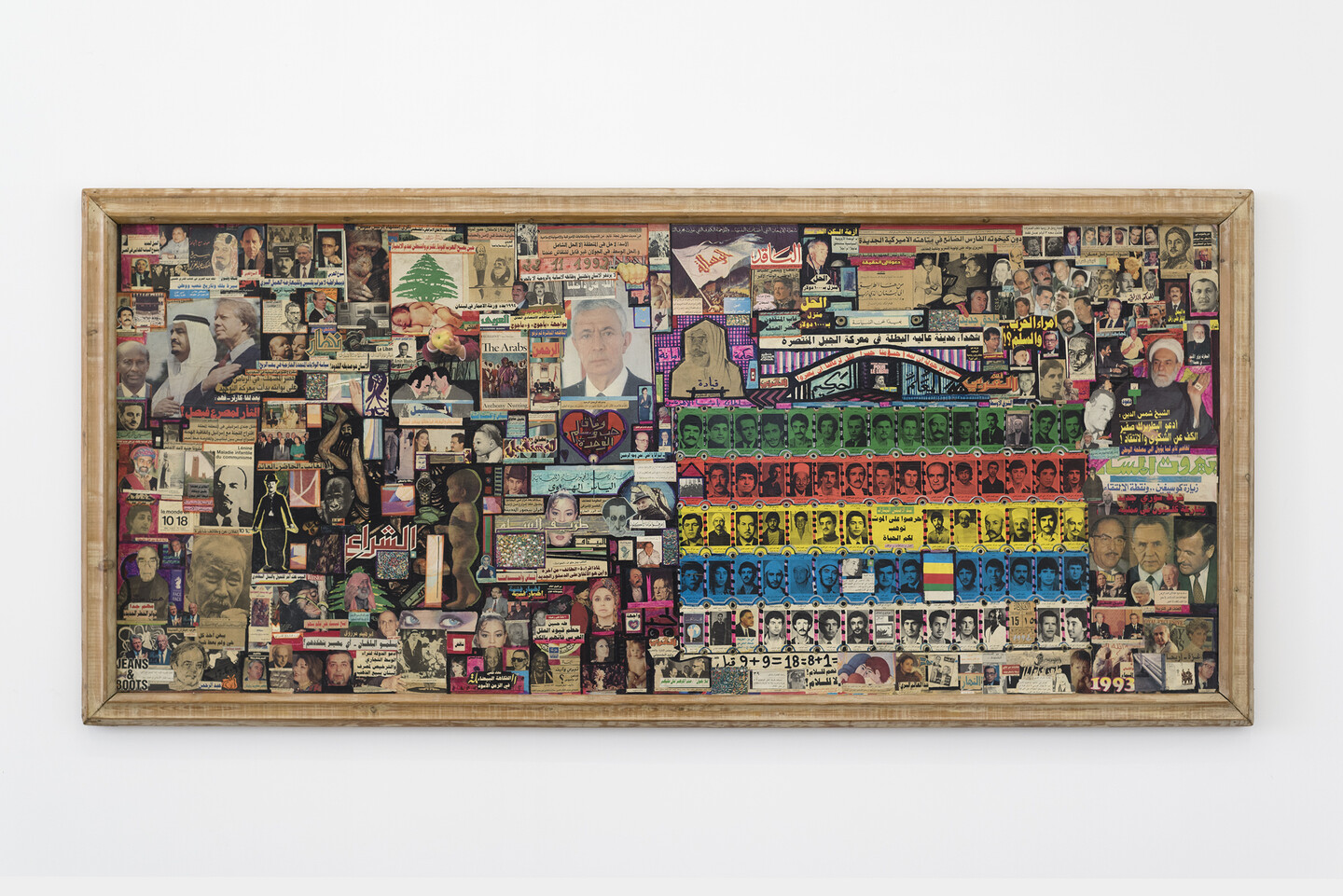
collage on plywood, 90 × 211 cm
Here, the presentation follows a rough chronology, displaying several key moments of the artist's work: the training years between Lebanon and Senegal; the abstract materialist works produced in Italy (some of which were presented at Galerie la Licorne in Beirut in 1963); the more 'political' paintings with the works inspired by the Algerian War of Independence, the liberation struggles of the 'Third World' but also of African-Americans, and the war in Lebanon (paintings and series of drawings from the publication Road to Peace); the Deserts painted during his stay in Saudi Arabia; and a set of Collages.
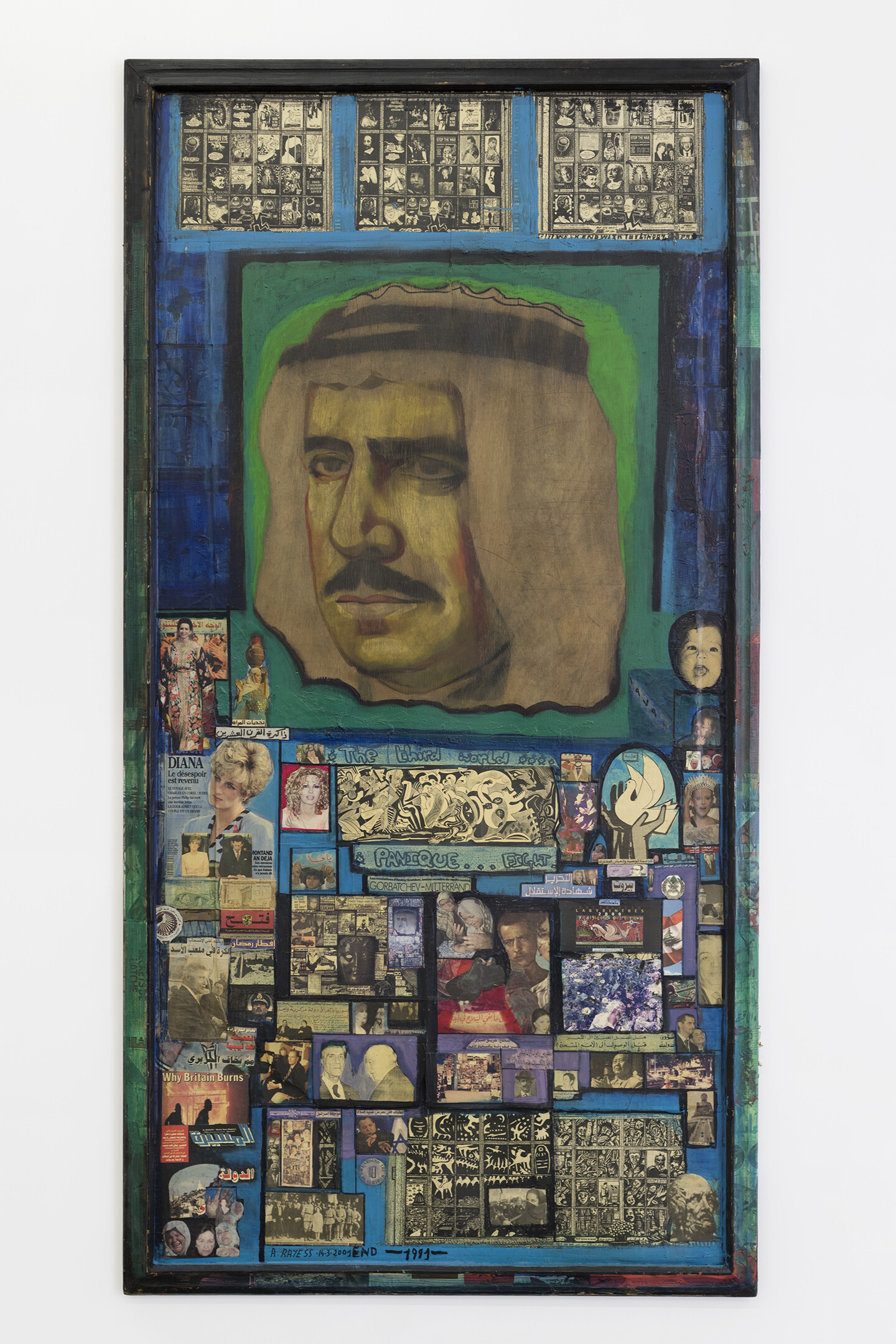
collage on plywood, 235 × 114.5 cm
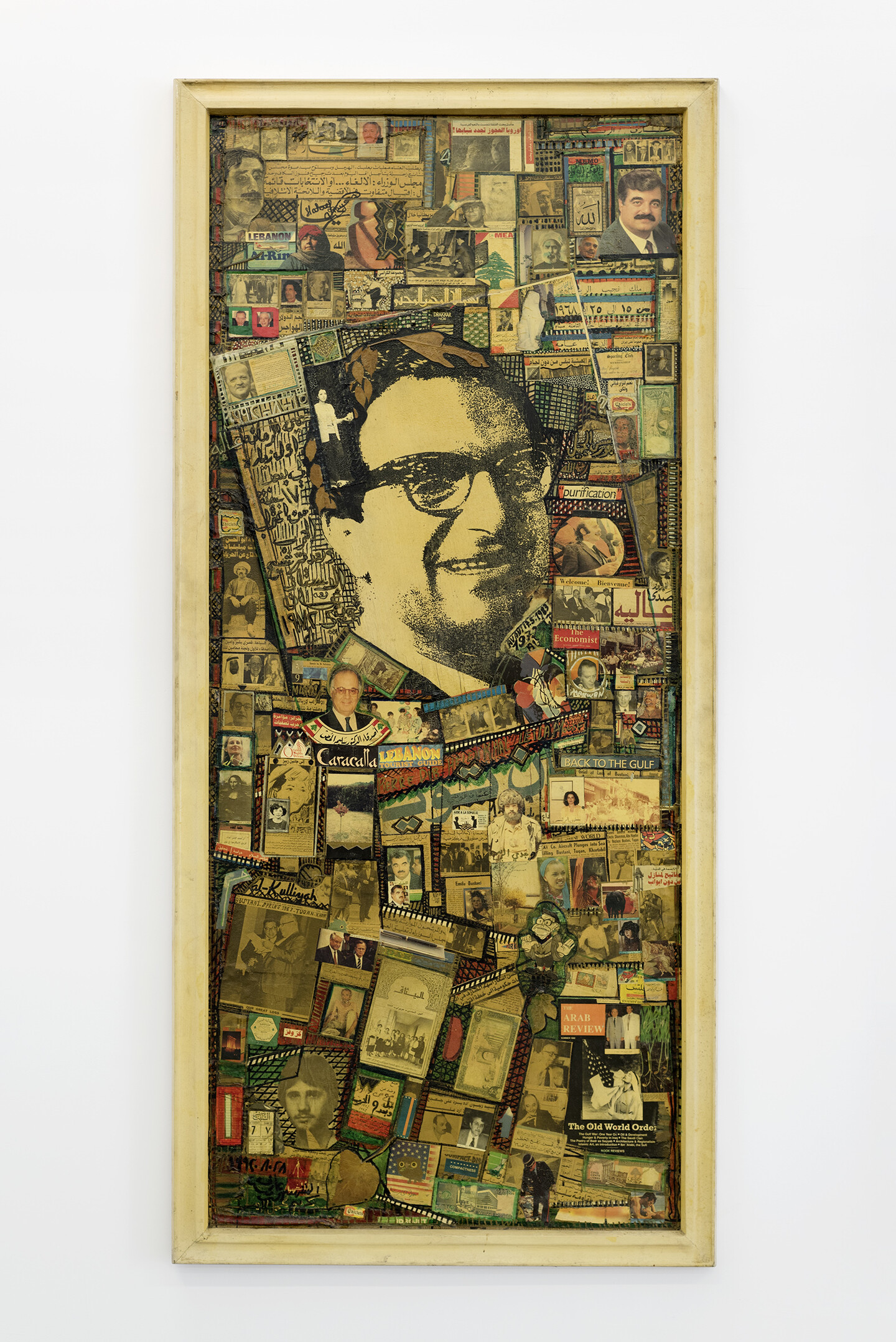
collage on plywood, 211 × 90 cm
For reasons which relate to the limited space of the gallery but also to the current state of the works and the necessary restorations before presentation, some important series might be missing in this first presentation: justice is not done, among others, to the exceptional graphic talent of El Rayess nor to the evolution of his sculptural work.